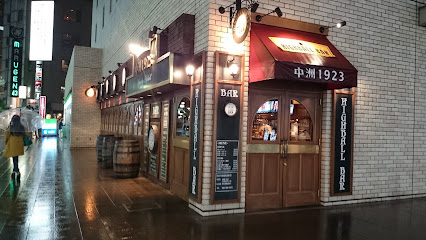
Shofukuji Temple: Birthplace of Zen in Japan
Discover Japan's first Zen temple in Fukuoka: a serene escape with tranquil gardens, historic architecture, and a peaceful atmosphere.
Shofukuji Temple, founded in 1195 by Eisai, is Japan's first Zen temple, located in Fukuoka's Hakata district. Visitors can explore the tranquil grounds, observe the traditional Zen architecture, and experience a sense of calm. Though the buildings are not accessible, the temple offers a serene escape from the city.
A brief summary to Shofukuji
- 6-1 Gokushomachi, Fukuoka, Gokushomachi, Hakata Ward, Fukuoka, 812-0037, JP
- +8192-291-0775
- Visit website
Local tips
- Take a peaceful stroll through the temple grounds to appreciate the serene atmosphere and connect with nature.
- Visit the Butsuden Hall to view the statue of Buddha and the cloud dragon painting on the ceiling.
- Look for the Hakata-bei walls, unique mud walls constructed from rocks and roof tiles, offering a glimpse into the temple's history.
- Combine your visit with a walk through the Hakata Old Town, exploring other nearby temples and shrines.
Getting There
-
Public Transport
From Hakata Station, take the Fukuoka City Subway to Gion Station, which is one stop away. From Gion Station, Shofukuji Temple is a short 3-5 minute walk from Exit 4. The subway fare is 210 yen. A one-day subway pass is available for 640 yen for adults and 320 yen for children, offering unlimited rides on all subway lines.
-
Walking
From Hakata Station, it is approximately a 15-20 minute walk to Shofukuji Temple. Head east from the station, following the main street, Taihaku-dori. The temple is located in the Hakata Old Town, behind Taihaku-dori.
-
Car
If driving, parking is available next to the temple entrance for a fee of 300 yen per 40 minutes. Be aware that parking may be limited. Consider using a GPS or map to navigate to 6-1 Gokushomachi, Hakata Ward, Fukuoka, 812-0037.
Discover more about Shofukuji
Iconic landmarks you can’t miss
Maison HAKOSHIMA メゾンハコシマ
0.2 km
A charming Fukuoka boutique and café offering a curated selection of women's fashion and a relaxing coffee experience.
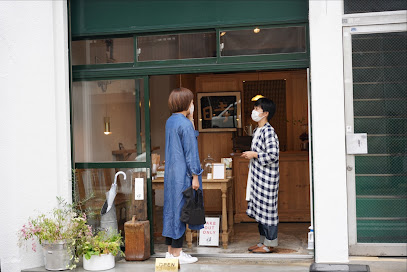
1-chōme-30-1 Katakasu
0.3 km
Explore the architectural wonders and vibrant culture of Katakasu, a hidden gem in Fukuoka, Japan.
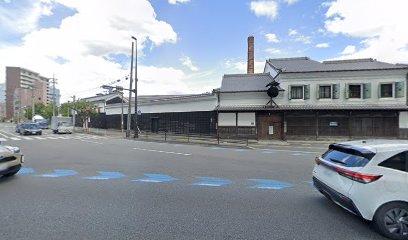
Ryuguji
0.3 km
Discover the legend of the mermaid at Ryuguji Temple in Fukuoka, a serene escape with a captivating history.
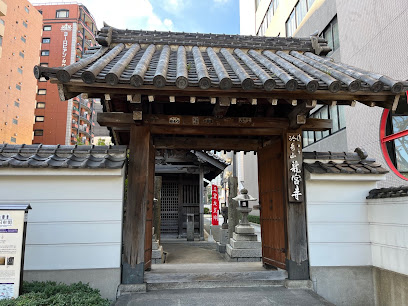
Gion Station
0.3 km
Explore Fukuoka from Gion Station: Your gateway to Hakata's history, culture, and modern attractions via the efficient Airport Line.
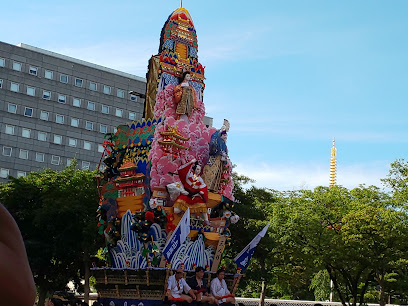
九州鉄道発祥の地の碑
0.5 km
Commemorating the origin of Kyushu Railway at the site of the first Hakata Station, a tribute to the region's railway heritage.
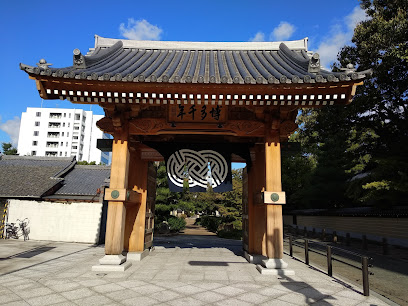
Kushida
0.6 km
Discover Fukuoka's spiritual heart at Kushida Shrine, home to ancient traditions, stunning architecture, and the vibrant Hakata Gion Yamakasa festival.
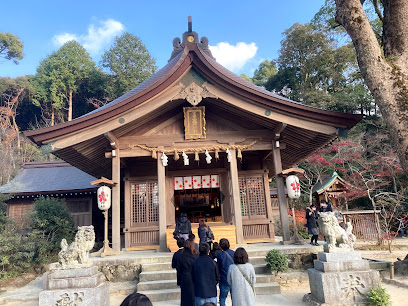
Hakata Ohashi Bridge
0.9 km
Explore the iconic Hakata Ohashi Bridge in Fukuoka, offering stunning views and a gateway to the city's vibrant culture and history.
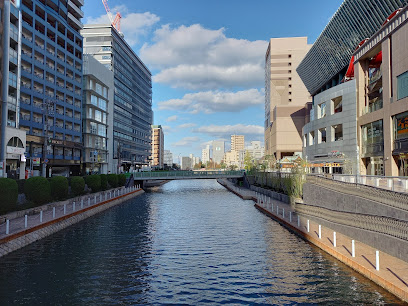
gate's Fukuoka
0.9 km
Experience modern shopping and dining in Fukuoka's vibrant Nakasu district at Gate's Fukuoka, offering fashion, food, and entertainment.
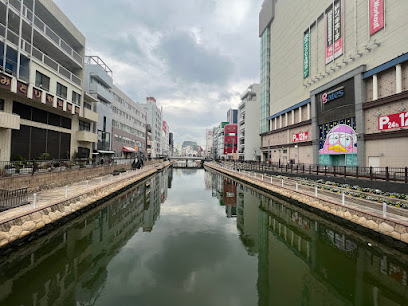
Food Stalls (Yatai)
0.9 km
Experience Fukuoka's soul at Nakasu's Yatai: Savor local flavors, connect with locals, and soak in the vibrant nightlife by the Naka River.
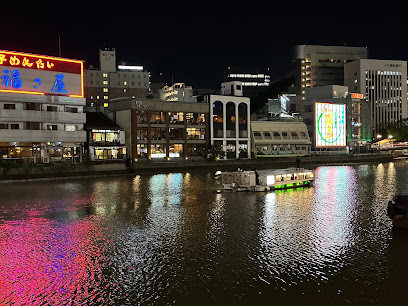
Golden Frog of Hakata Station
1.0 km
Find the Golden Frog at Hakata Station for a touch of luck! A hidden gem by Satoshi Yabuuchi awaits discovery.
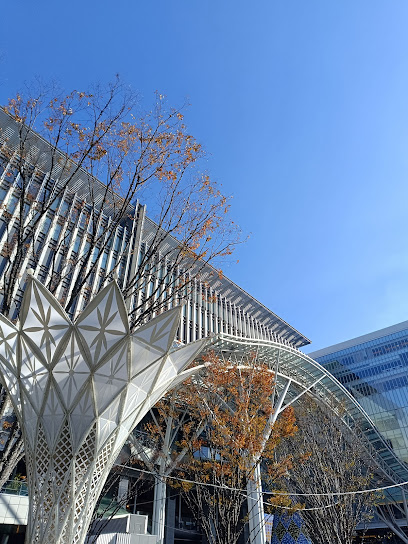
Nakasukake Bridge
1.0 km
Discover Nakasukake Bridge in Fukuoka: a serene escape offering tranquil views and a peaceful retreat in the heart of the city.

Hakata Station
1.0 km
Kyushu's largest transportation hub, offering seamless connections, shopping, dining, and entertainment in Fukuoka.
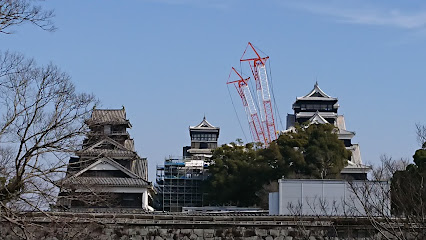
Fuku-Haku Deai Bridge
1.0 km
Cross the Fuku-Haku Deai Bridge in Fukuoka: Where history, culture, and stunning city views meet on the Naka River.
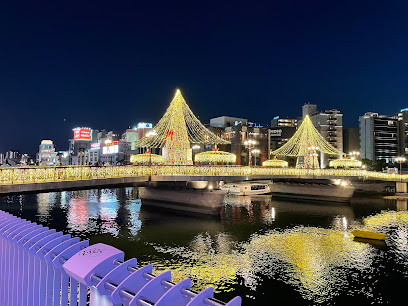
The Onefive Villa Fukuoka
1.0 km
Experience Fukuoka's vibrant heart from the modern comfort of The Onefive Villa, your ideal base for city exploration.
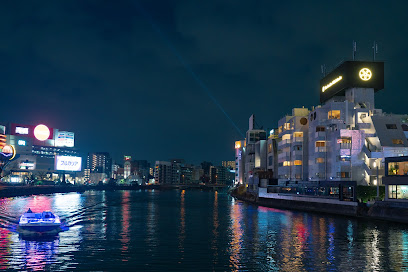
Fukuoka Twilight Alliance Community
1.1 km
Explore Fukuoka and Kyushu with expert guidance on attractions, accommodations, and transportation at this helpful tourist information center.
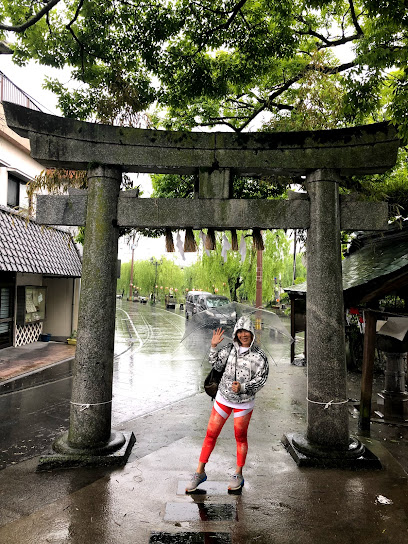
Unmissable attractions to see
Kahi
0.1 km
Explore Kahi, a serene tourist attraction in Fukuoka, Japan, where culture, history, and natural beauty converge for an unforgettable experience.
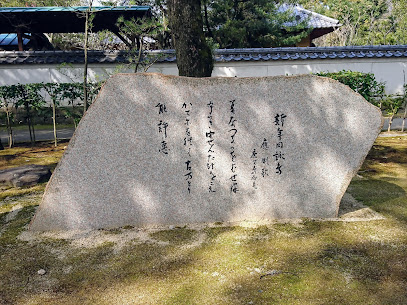
Tochoji Temple
0.3 km
Explore the tranquility of Tochoji Temple, a historical Buddhist sanctuary in Fukuoka, Japan, featuring a stunning Great Buddha and serene gardens.
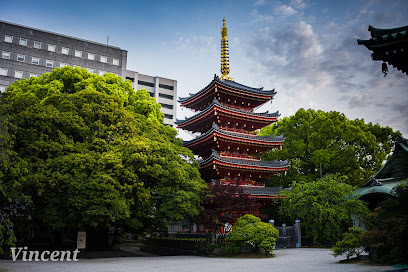
Giant wood buddha
0.3 km
Discover the tranquility and artistic beauty of the Giant Wood Buddha, a must-see Buddhist temple in Fukuoka, Japan, that enchants every visitor.
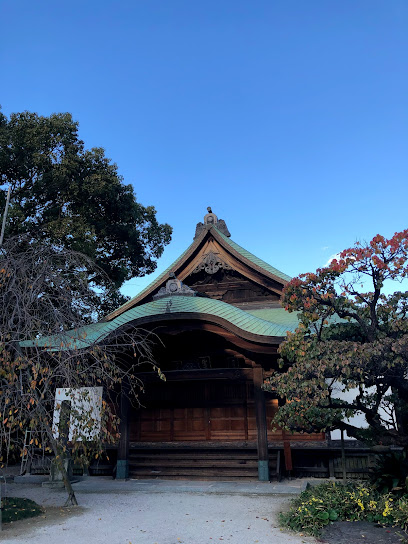
Hakata Old Town Area
0.3 km
Experience the rich history and vibrant culture of Hakata Old Town, a must-visit destination in Fukuoka, Japan, filled with tradition and culinary delights.
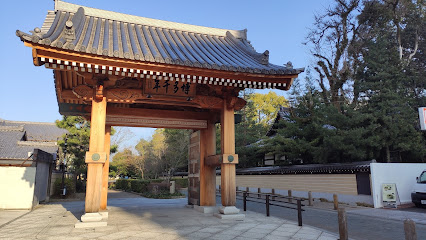
Jotenji
0.3 km
Explore the serene Jotenji Temple in Fukuoka, where spiritual tranquility meets rich cultural heritage amidst beautiful gardens.
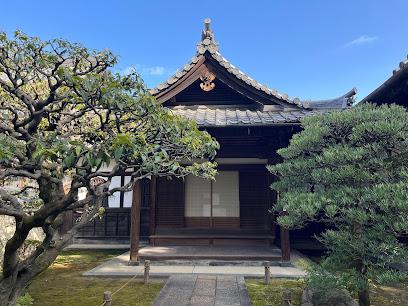
Ishikura Sake Brewery
0.3 km
Explore the rich heritage of sake brewing at Ishikura Sake Brewery in Fukuoka, where tradition meets taste in every sip.
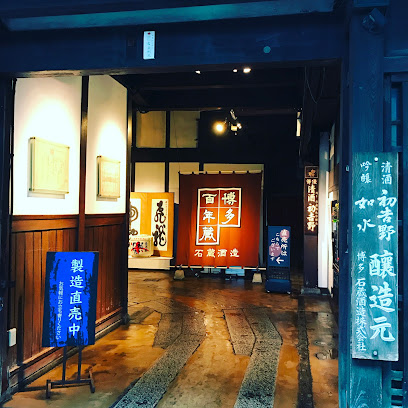
Ryuguji Temple
0.3 km
Explore Ryuguji Temple in Fukuoka: A tranquil Buddhist temple showcasing Japan's rich cultural heritage amidst serene gardens.
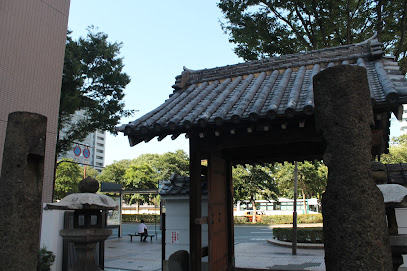
Hakata Sennen-no-Mon Gate
0.4 km
Discover the historic beauty of Hakata Sennen-no-Mon Gate, a symbol of Fukuoka's rich culture and architectural elegance.
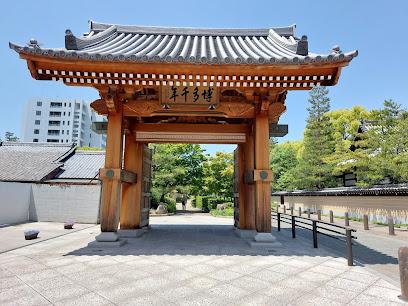
Hakatamachiya Furusatokan
0.5 km
Explore the rich heritage of Fukuoka at Hakatamachiya Furusatokan, a captivating museum showcasing the traditions and history of Hakata.
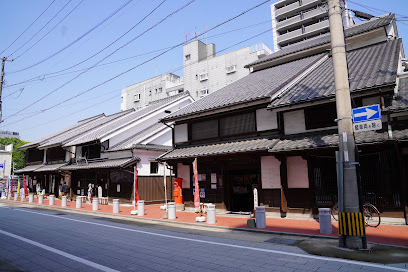
Hakata Machiya Hometown Museum
0.5 km
Explore Fukuoka's cultural heritage at Hakata Machiya Hometown Museum, a local history museum showcasing the rich traditions and crafts of Hakata.
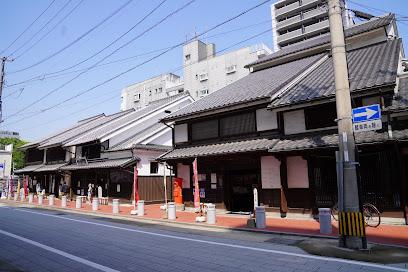
Reisen Park
0.6 km
Discover the serene beauty of Reisen Park, a green oasis in Fukuoka perfect for relaxation and cultural exploration amidst stunning gardens.
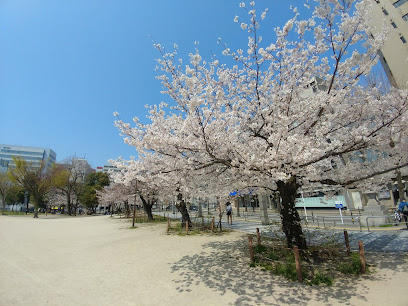
Kushida Shrine
0.6 km
Discover the spiritual heart of Fukuoka at Kushida Shrine, a historic Shinto shrine surrounded by stunning gardens and vibrant cultural celebrations.

Hakata Gion Yamakasa
0.6 km
Immerse yourself in the vibrant culture of Japan at Hakata Gion Yamakasa, a historic festival featuring spectacular floats and lively celebrations in Fukuoka.
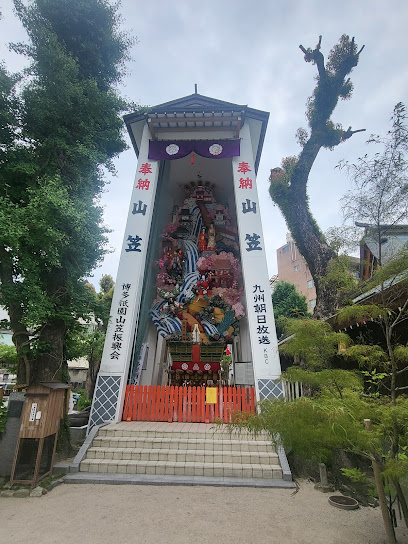
Kawabata Shopping Arcade
0.7 km
Experience the essence of Fukuoka at Kawabata Shopping Arcade, where shopping, dining, and culture converge in a vibrant atmosphere.

Statue of Otojiro Kawakami
0.8 km
Explore the Statue of Otojiro Kawakami in Fukuoka, a tribute to Japan's theatrical heritage amidst vibrant local culture and delicious cuisine.
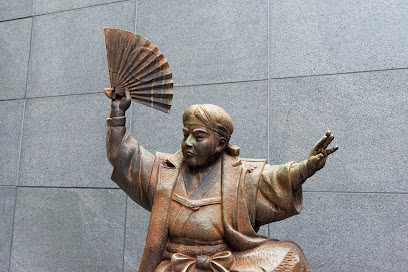
Essential places to dine
Sushi Taro
0.2 km
Discover Sushi Taro in Fukuoka - where tradition meets innovation in exquisite sushi dining.
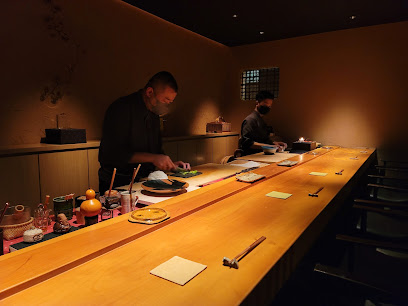
博多メシ 男厨
0.7 km
Experience authentic Japanese dining at Hakata Meshi Otoko – where local flavors meet a vibrant izakaya atmosphere.
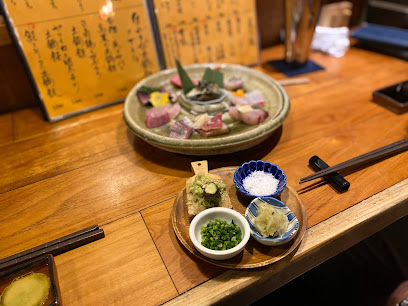
Yoshizuka Unagi
0.7 km
Experience authentic unagi dining at Yoshizuka Unagi in Fukuoka – where tradition meets exquisite flavor.
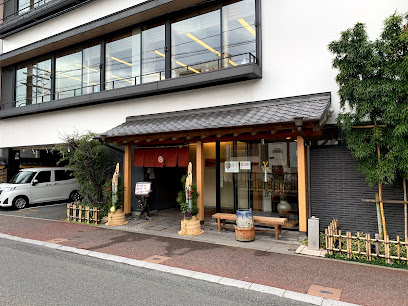
Hakata Mizutaki Toriden
0.8 km
Experience authentic mizutaki at Hakata Mizutaki Toriden in Fukuoka - where tradition meets flavor.

Restaurant Hiramatsu Hakata
0.8 km
Experience the pinnacle of French fine dining at Restaurant Hiramatsu Hakata, where exquisite cuisine meets elegant ambiance in Fukuoka.

TEBASTA 中洲本店
0.8 km
Discover authentic Japanese flavors at TEBASTA Nakasu - where tradition meets taste in the heart of Fukuoka.
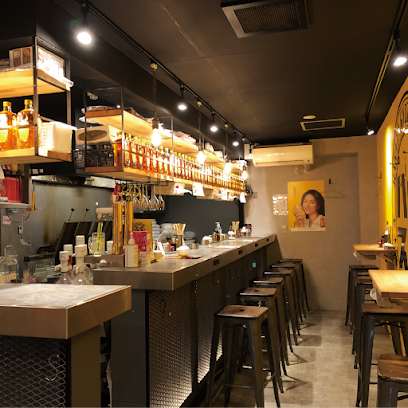
Omusubimura
0.8 km
Discover Omusubimura in Fukuoka - where authentic Japanese flavors meet warm hospitality in a vibrant setting.
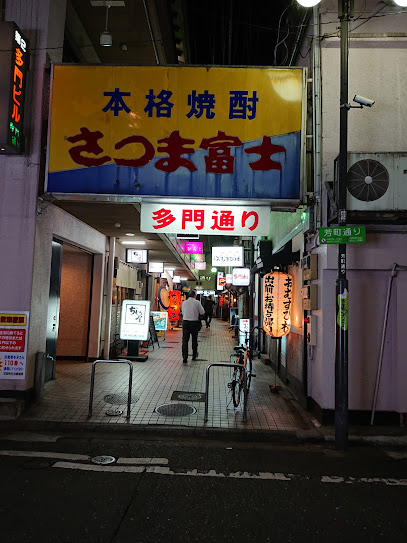
すしお料理処まつやま
0.8 km
Experience authentic sushi at Matsuyama in Fukuoka – where tradition meets exquisite flavor in every bite.
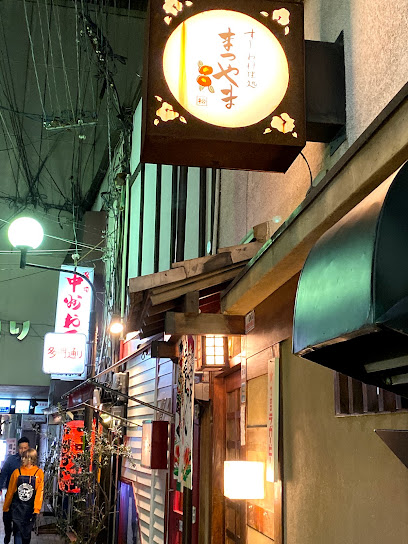
California Cotton Fields
0.9 km
Experience the vibrant fusion of Californian flavors and modern izakaya dining at California Cotton Fields in Fukuoka.
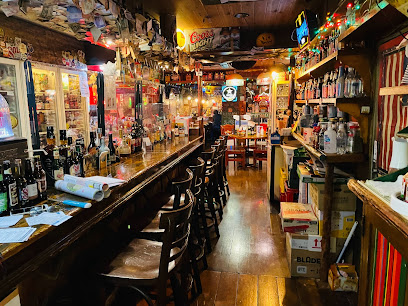
Somuri Nakasu
0.9 km
Discover the rich flavors of expertly grilled steak at Somuri Nakasu in Fukuoka's lively Nakasu district.
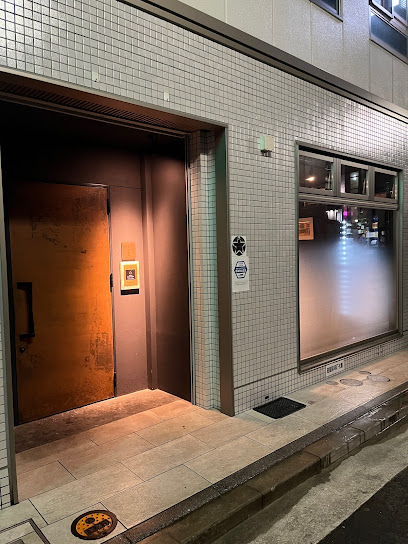
中洲 KURODA
0.9 km
Explore Fukuoka's culinary scene at 中洲 KURODA—where tradition meets modernity in an unforgettable dining experience.
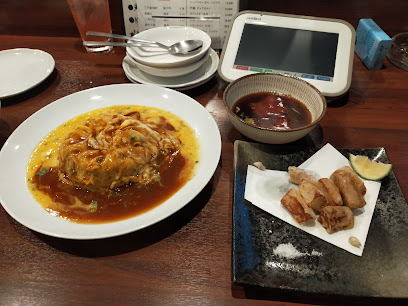
Nakasu Hajime
0.9 km
Discover authentic Japanese flavors at Nakasu Hajime in Fukuoka - where tradition meets modern dining in a vibrant atmosphere.
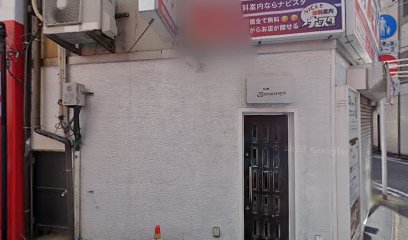
Nadaman Aomiya
0.9 km
Experience the art of Kaiseki dining at Nadaman Aomiya in Fukuoka—where tradition meets culinary excellence amidst stunning city views.

Nakasu Sushi Kappo Ryu
0.9 km
Discover exquisite sushi craftsmanship in Fukuoka's vibrant Nakasu district at Nakasu Sushi Kappo Ryu.

Kagaya Hakataten
0.9 km
Discover exquisite Kyoto-style cuisine at Kagaya Hakataten, Fukuoka's premier fine dining destination renowned for its fresh seafood and elegant ambiance.

Markets, malls and hidden boutiques
Used Kimono shop Kofukofu
0.5 km
Discover the elegance of Japanese tradition at Used Kimono Shop Kofukofu, where second-hand kimonos tell stories of culture and history.
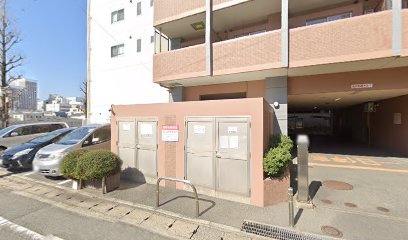
Handa Japanese Clothing Shop (Japanese Art Stitched Jackets/Sukajan Jackets)
0.7 km
Explore the artistry of Sukajan jackets at Handa Japanese Clothing Shop in Fukuoka, a unique destination for authentic Japanese fashion.
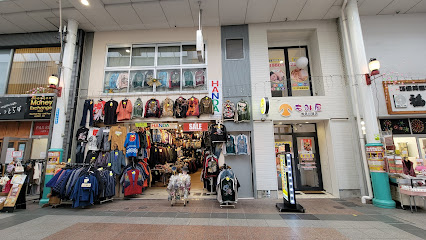
BUSCHIKA
0.8 km
Explore BUSCHIKA in Fukuoka - a premier shopping mall offering diverse brands, delightful dining, and a unique local experience in a vibrant atmosphere.
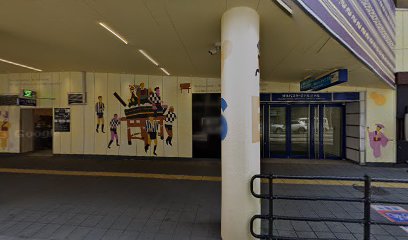
MUJIキャナルシティ博多
0.8 km
Explore MUJI Canal City Hakata: A minimalist paradise for home goods, clothing, and Japanese confectionery in the heart of Fukuoka.
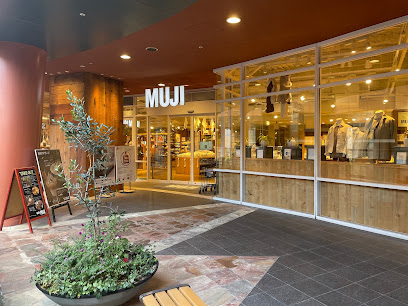
Aji no Mentaiko Fukuya Nakasu Main Store
0.8 km
Experience the flavors of Fukuoka with exquisite mentaiko and unique souvenirs at Aji no Mentaiko Fukuya Nakasu Main Store, a must-visit for every traveler.
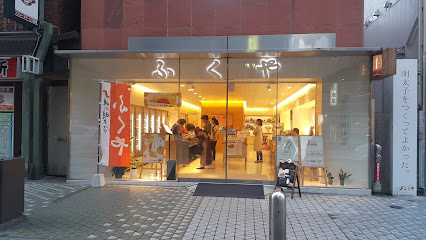
HAKATA RIVERAIN MALL by TAKASHIMAYA
0.8 km
Discover the heart of shopping and dining at HAKATA RIVERAIN MALL, a vibrant destination in Fukuoka, Japan, perfect for tourists and locals alike.

The Hakata Gift Shop (Canal City Hakata Store)
0.9 km
Explore The Hakata Gift Shop for authentic Japanese souvenirs, sweets, and local delicacies in the heart of Canal City Hakata.
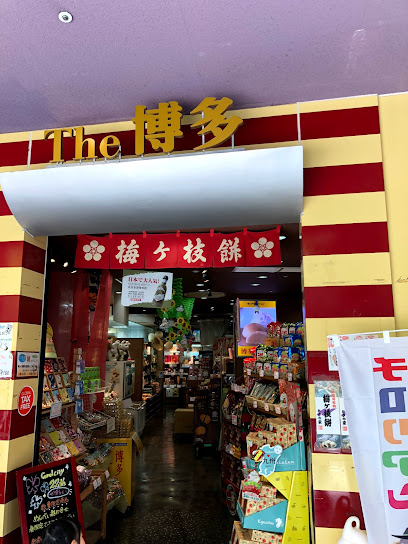
Don Quijote Nakasu
0.9 km
Explore the vibrant world of Don Quijote Nakasu, where eclectic finds and unbeatable prices meet in Fukuoka's ultimate shopping destination.
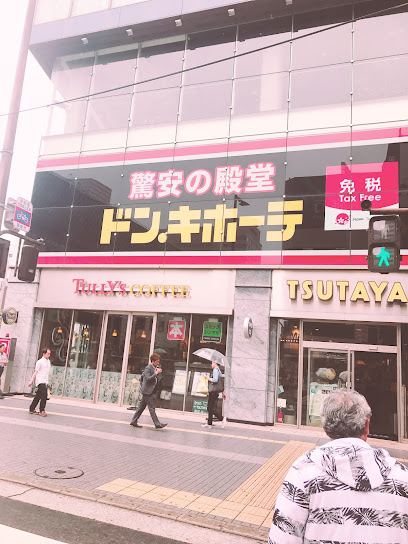
Nippon CHACHACHA Hakatasutoa
0.9 km
Explore a treasure trove of authentic Japanese souvenirs at Nippon CHACHACHA Hakatasutoa in Fukuoka, where cultural heritage meets unique craftsmanship.

HANDS Hakata Store
0.9 km
Explore the unique offerings of HANDS Hakata Store - a premier gift shop in Fukuoka featuring cosmetics, home goods, and more.

Canal City Opa
0.9 km
Discover Canal City Opa: A Premier Shopping Mall in Fukuoka, Japan, Blending Retail, Dining, and Entertainment for an Unforgettable Experience.
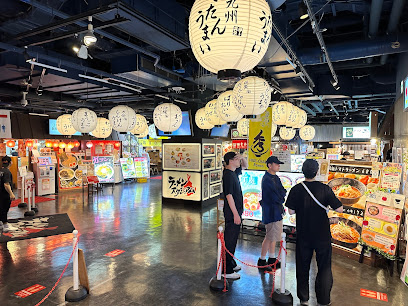
AMU Plaza Hakata City
1.0 km
Discover shopping and dining at AMU Plaza Hakata City, a vibrant mall in Fukuoka offering local and international brands, plus exciting attractions.
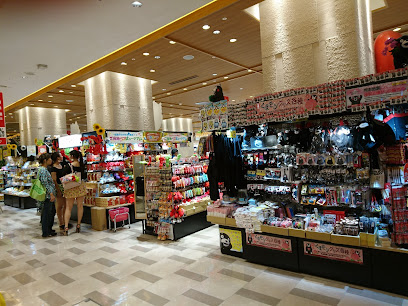
Hakata Hankyu
1.0 km
Discover a world of shopping and dining at Hakata Hankyu, Fukuoka's premier department store featuring local and international brands.
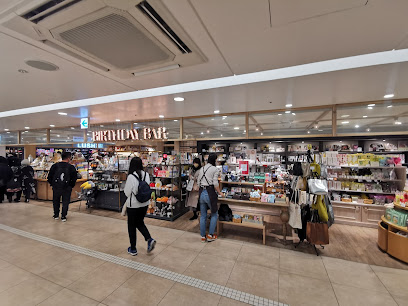
Hakata Marui
1.0 km
Immerse yourself in the vibrant shopping and dining experience at Hakata Marui in Fukuoka, where fashion meets flavor in a lively atmosphere.
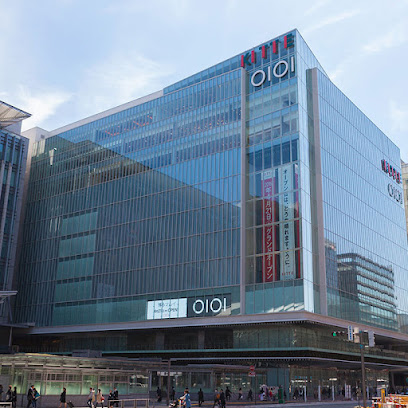
UNIQLO KITTE Hakata
1.0 km
Discover fashionable clothing for everyone at UNIQLO KITTE Hakata in Fukuoka, where quality meets style at an affordable price.
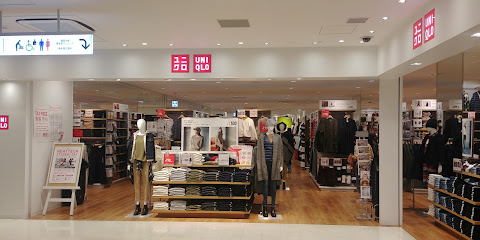
Essential bars & hidden hideouts
The Ship
0.5 km
Discover The Ship in Fukuoka—a culinary gem offering a fusion of authentic Japanese cuisine, Italian favorites, and vibrant bar experiences.

ザ·ライフ ホステル & バーラウンジ
0.7 km
Discover the dynamic blend of a hostel and bar at ザ·ライフ ホステル & バーラウンジ, where comfort meets local culture in Fukuoka.

Bar Cherokee
0.8 km
Discover Bar Cherokee, a stylish cocktail haven in the heart of Fukuoka's Nakasu district, promising an unforgettable nightlife experience.

Filipo Lounge | International Bar
0.8 km
Discover Fukuoka's nightlife at Filipo Lounge, an international bar offering a unique blend of cocktails and vibrant atmosphere in Nakasu.

Tonic
0.8 km
Experience the finest cocktails in the heart of Fukuoka's nightlife at Tonic, where innovation meets tradition in every drink.

Filipo Bar | International Bar
0.8 km
Experience the essence of global spirits and cocktails at Filipo Bar in the heart of Fukuoka's nightlife.

ニッカバー 七島
0.8 km
Explore Fukuoka's nightlife at ニッカバー 七島, a vibrant bar serving an array of drinks in a welcoming atmosphere, perfect for socializing.

Higuchi
0.9 km
Discover Higuchi, an upscale bar in Nakasu, Fukuoka, known for its exquisite cocktails and lively atmosphere, perfect for a night out.
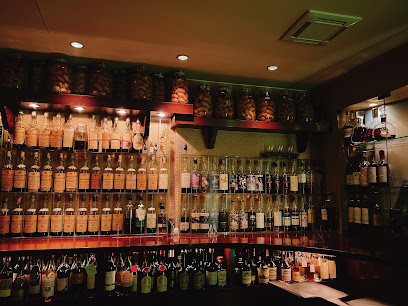
Komasa
0.9 km
Experience the artistry of mixology at Komasa, Fukuoka's top cocktail bar, offering a vibrant atmosphere and exquisite drinks.

Yebisu Bar(yebisu beer bar)
0.9 km
Discover Yebisu Bar in Fukuoka, a haven for beer lovers with a delightful menu of grilled meats and seafood in a vibrant izakaya setting.
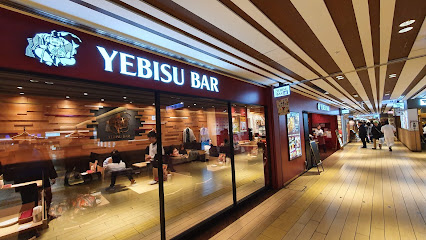
Bar Cooper
0.9 km
Discover the vibrant atmosphere of Bar Cooper, a premier Irish pub in Fukuoka, offering a delightful selection of drinks and local culture.

ガールズバーコロナ(girlsbar corona) 中洲 キャバクラ クラブ リオグループ
0.9 km
Discover the lively atmosphere and friendly service at Girls Bar Corona, a unique blend of a girl bar and night club in Fukuoka's Nakasu district.
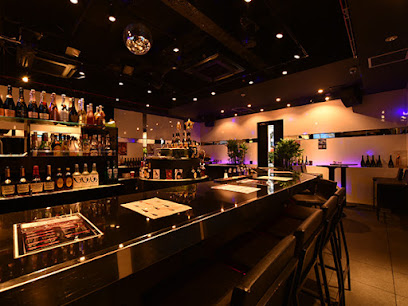
The Hakata Harp
0.9 km
Discover The Hakata Harp in Fukuoka, where Irish hospitality meets local flavors in a cozy pub atmosphere.

Lounge and Bar Hakatagawa
0.9 km
Discover the elegance of Lounge and Bar Hakatagawa in Fukuoka, a sophisticated spot for cocktails, fine wines, and delectable dining amidst a serene ambiance.

Highball Bar Nakasu 1923
0.9 km
Discover the charm of Highball Bar Nakasu 1923 in Fukuoka, where expertly crafted cocktails meet a vibrant nightlife atmosphere.
